 Timeline
Timeline
1910-1930's
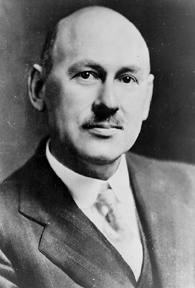
|
Robert Goddard -- Developed Liquid Propelled Rockets that were far more advanced than
those of their time. These rockets were later used to launch humans into space.
|
|
Werhner Von Braun -- Developed V-2 Rocket for Germany and later shared secrets with
the U.S. after escaping from Germany.
|
1940's
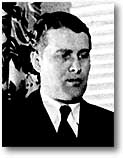
|
1957
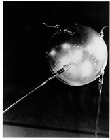
|
Sputnik 1 -- (Soviet Union) First artificial satellite of the Earth.
|
|
Sputnik 2 -- (Soviet Union) First animal in space.
|
1957
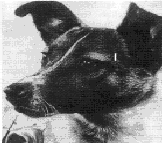
|
1958

|
Mercury -- (U.S.) Mercury Project Started by NASA.
|
|
Yuri Alekseyevich Gagarin -- (Russia) First human being into space.
|
1961
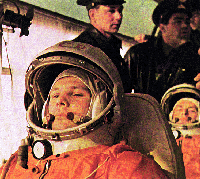
|
1961

|
Apollo -- The Apollo Project was unveiled by John F. Kennedy
|
|
Gemini -- (U.S.) Gemini Project Started by NASA.
|
1962
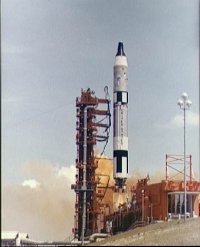
|
1963

|
Valentina Vladmirovna Tereshkova -- (Russia) First woman into space.
|
|
Voskhod 1 -- (Soviet Union) First multiperson space mission.
|
1964
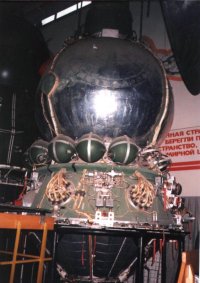
|
1967
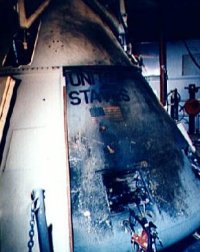
|
Apollo 1 -- (U.S.) The crew of Apollo 1 were killed in a fire while testing their
capsule.
|
|
Apollo 8 -- (U.S.) First space craft to orbit the moon.
|
1968
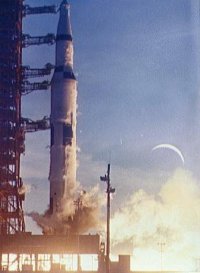
|
1969
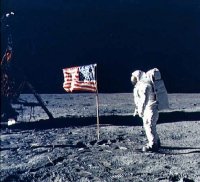
|
Apollo 11 -- (U.S.) First human to land on the moon.
|
|
Apollo 17 -- (U.S.) Last humans to land on the moon.
|
1972

|
1981
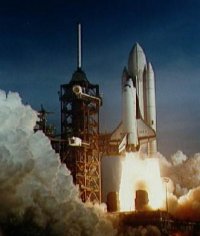
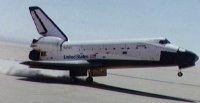
|
Space Transportation System Implemented -- (U.S.) First manned reusable spacecraft
(STS-1) Columbia SpaceShuttle.
|
|
Challenger -- (U.S.) The space shuttle Challenger exploded 72 seconds after launch.
The explosion was blamed on a faulty O-Ring on the right booster.
|
1986
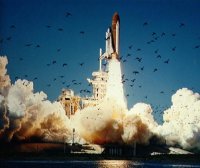
|
1986
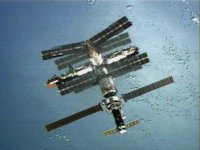
|
Mir -- (Soviet Union) First space station inhabited by rotating crews.
|
|
Voyager 2 -- (United States) First flyby of Neptune.
|
1989
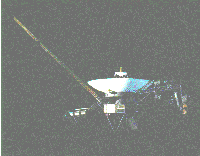
|
1990

|
Hubble Telescope -- Launched to take long range pictures without the interference of
the atmosphere.
|
|
Mars Global Surveyor -- NASA launched the MGS to study Mars' surface features,
atmosphere, and magnetic properties.
|
1996
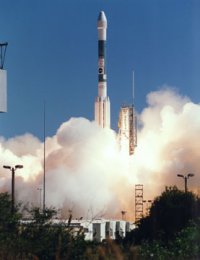
|
1998
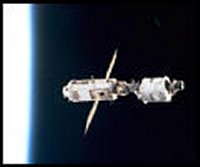
|
International Space Station -- First sections of Space Station assembled.
|
|
Discovery Space Station Assembly Flight 2A.1 -- Projected to launch May 20 with first
visitors to the International Space Station.
|
1999
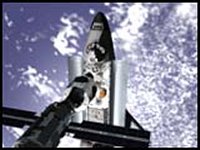
|
1999
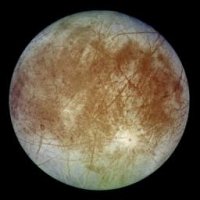
|
Galileo -- Galileo will begin its Europa Mission studying the atmosphere and surface of the planet.
|
|
Stardust -- The stardust probe will intercept the comet Wild-2 and collect particles
from the comets tail. Two years later it will return those samples back to Earth for
scientific analysis.
|
2004
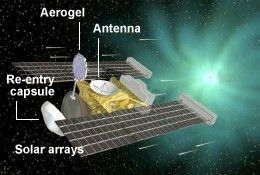
|
|
Randall Gordon, Eric Mackie, J.D. Scott, Marrisa Dietz
|
|

